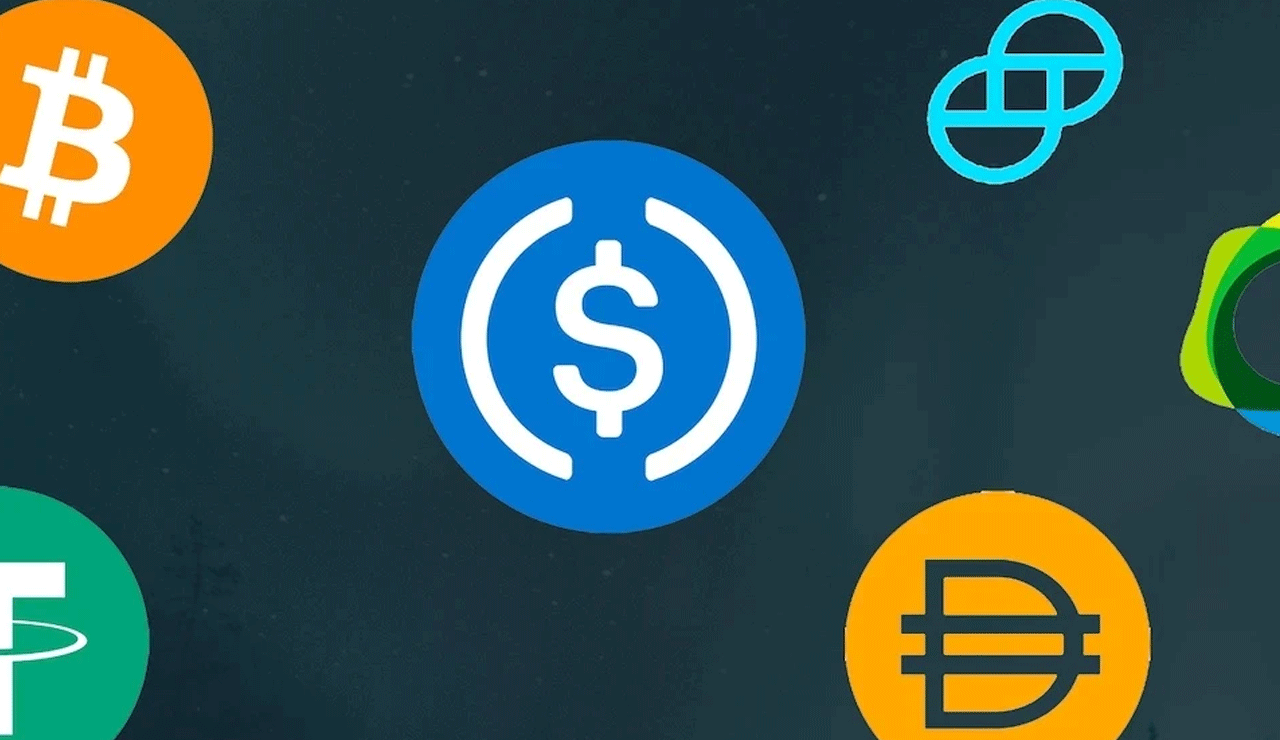Amazon and Walmart Are Creating Their Own Stablecoins — Here’s Why It Changes Everything
The Wall Street Journal reported that Amazon and Walmart are planning to launch their own stablecoins, joining the ranks of companies like PayPal, Meta, Ant Group, and Stripe. Once considered a niche crypto innovation, stablecoins are now at the center of a growing revolution in digital payments and commerce.

The Wall Street Journal reported that Amazon and Walmart are planning to launch their own stablecoins, joining the ranks of companies like PayPal, Meta, Ant Group, and Stripe. Once considered a niche crypto innovation, stablecoins are now at the center of a growing revolution in digital payments and commerce.
Table of Contents
From Crypto Circles to Global Retail Giants
This shift isn’t just about technology — it’s about reclaiming control over payments. When household names like Amazon and Walmart explore stablecoins, it’s clear that the future of money is being shaped not by banks or governments, but by corporate innovators.
- PayPal launched its stablecoin in August 2023 and now commands a $1B market cap.
- Ant Group, part of Jack Ma’s Alibaba empire, has filed for stablecoin licenses in Hong Kong and Singapore.
- Meta is preparing to re-enter the space after its Diem (formerly Libra) project was blocked by regulators.
- Stripe raised $1.1B this year to scale its stablecoin operations.
- Circle (USDC) went public and reached a $30B valuation, with $60B in stablecoins in circulation.
Why Stablecoins? The Advantage Over Credit Cards and Banks
Also Read: “Naidu’s Mega Scheme: Mothers to Receive Direct Aid for Children’s Education”
Stablecoins offer instant, borderless, low-cost transactions — unlike credit cards, which typically charge merchants 2–3.5% per transaction. For a retailer doing $100 billion in annual sales, that’s $2–3.5 billion in fees. With stablecoins:
- Payments settle instantly, reducing friction
- Costs are dramatically lower or even zero
- There’s no reliance on banks or card processors
- Retailers preserve margins and streamline logistics
This is why companies like Shopify have already enabled USDC payments on Coinbase’s Base, empowering global merchants to accept stablecoins without legacy payment infrastructure.
Governments Are Watching — But Losing Control?
The U.S. Senate is now preparing to vote on new stablecoin legislation, a move that could legitimize — or restrict — this new financial frontier. Regulators like Elizabeth Warren and Richard Blumenthal have already raised concerns, especially with Meta’s renewed efforts.
Yet the reality remains: governments don’t easily surrender monetary control, and stablecoins represent a challenge to centralized financial power. But as with the internet before it, decentralization of money seems inevitable.
What Is a Stablecoin? A Quick Primer
A stablecoin is a blockchain-based digital currency typically pegged to the U.S. dollar or another fiat currency. Examples include:
- USDC (by Circle)
- USDT (by Tether)
- PYUSD (by PayPal)
These coins maintain a 1:1 value ratio by backing each token with equivalent reserves. When properly regulated, they allow for safe, fast, and transparent transfers of value.
The Libertarian Vision: Financial Freedom Without Borders
For many advocates, stablecoins represent more than efficiency — they’re about freedom and control over one’s money. As one libertarian perspective puts it:
“Whether transferring ₹100 or ₹10,000 crore, individuals should be able to move funds instantly, globally, and securely — without needing permission from a central bank.”
This vision is no longer theoretical. It’s being built today — by the world’s largest corporations and blockchain developers, side by side.
The Bottom Line: Stablecoins Are Here to Stay
Stablecoins are no longer experimental. With Amazon, Walmart, Meta, and others entering the race, they’re becoming the digital backbone of modern commerce. Whether governments embrace them or fight to control them, the global movement toward decentralized, efficient, and programmable money is gaining momentum fast.
